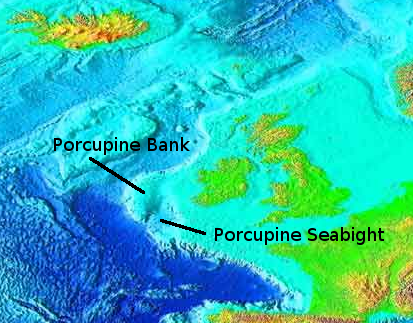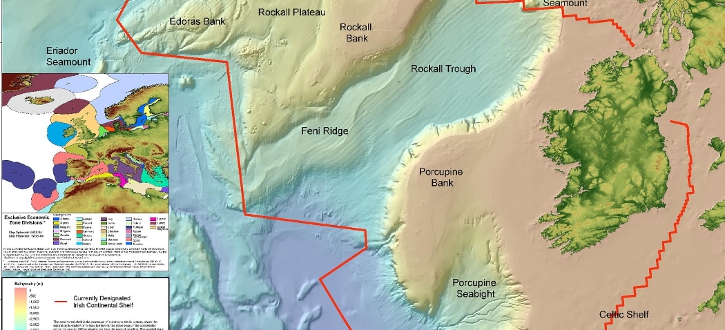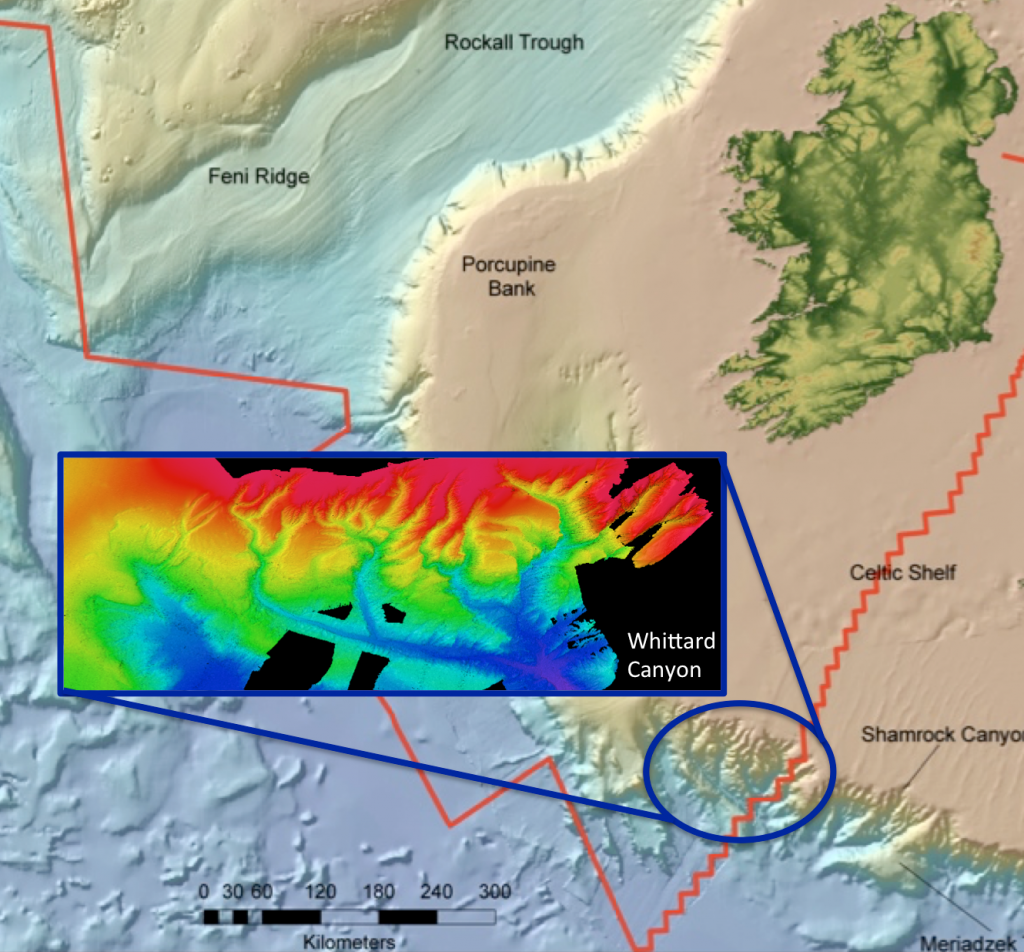

Did they find any dingleberries down there?




AVP
Makes you wonder how many of these obstacles that they run into when they are stringing cables across the ocean floor?


The scientist mapped the newly discovered canyon on board Irish ship...
That is quite a large ship.

The berry of the dingle is impossible to eat.
That’s probably the course of the Hudson River during the last major Ice Age when the sea level was about 400’ lower.
I was fortunate enough to visit Ireland for my sister’s wedding around 1998. After that Daughter and I spent 2 weeks in a rental car, having misadventures of all kinds all over Ireland, but oh! The Ring of Dingle....
Funny name, but it is the most beautiful place I have ever seen with my own eyes. Travel books vaunt the Ring of Kerry, which we also drove, but hands down, Dingle is breathtaking.
So much so, that my everlasting dream is to have a Pub/ Tea Shop/ Petting Zoo on the West coast of Ireland.
Sweet Jesus... that was the last, real, great time I ever had .... Glad I had it.
A research expedition to a huge underwater canyon off the Irish coast has shed light on a hidden process that sucks the greenhouse gas carbon dioxide (CO2) out of the atmosphere.
Researchers led by a team from the University College Cork (UCC) took an underwater research drone by boat out to Porcupine Bank Canyon — a massive, cliff-walled underwater trench where Ireland’s continental shelf ends — to build a detailed map of its boundaries and interior. Along the way, the researchers reported in a statement, they noted a process at the edge of the canyon that pulls CO2 from the atmosphere and buries it deep under the sea.
All around the rim of the canyon live cold-water corals, which thrive on dead plankton raining down from the ocean surface. Those tiny, surface-dwelling plankton build their bodies out of carbon extracted from CO2 in the air.
Then, when they die, the coral on the seafloor consume them and build their bodies out of the same carbon. Over time, as the coral die and the cliff faces shift and crumble, which sends the coral falling deep into the canyon. There, the carbon pretty much stays put for long periods.
There’s evidence that a lot of carbon is moving this way; the researchers said they found “significant” dead coral buildup at the canyon bottom.
This process doesn’t move nearly enough carbon dioxide to prevent climate change, the researchers said. But it does shed light on yet another mechanism that keeps the planet’s CO2 levels regulated when human industry doesn’t interfere.
“Increasing CO2 concentrations in our atmosphere are causing our extreme weather,” Andy Wheeler, a UCC geoscientist and one of the researchers on the expedition, said in the statement. “Oceans absorb this CO2 and canyons are a rapid route for pumping it into the deep ocean where it is safely stored away.”
The mapping expedition covered an area about the size of Chicago and revealed places where the canyon has moved and shifted significantly in the past.
“We took cores with the ROV, and the sediments reveal that although the canyon is quiet now, periodically it is a violent place where the seabed gets ripped up and eroded,” Wheeler said.
The expedition will return to shore today (Aug. 10).
I do believe the greatest carbon absorbsion occurs from the natural process that plants use and then exhale oxygen.
This CO2 thing us such a hoax. Our air that we breathe is 78% nitrogen, 21% oxygen and the 1% left contains all of the other gasses, including CO2.
CO2 is .0345% of that 1%. Translated into English, it is 345 ten-thousands of a percent.
Chuck Berry wants to know if anyone found his Dingle Ling down there?
Must be full of Dingle-berries... >.<